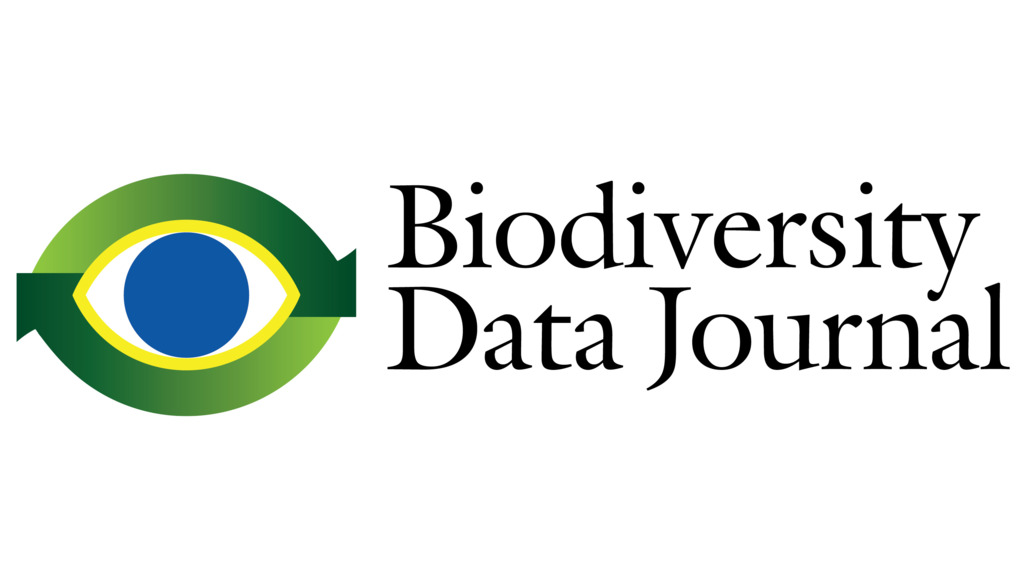-
Partager cette page
Camera-trapping: wild and domestic species occurrences in three Pyrenean pastures
Publié le 13 juin 2024 – Mis à jour le 19 juin 2024
Article coécrit par Alice Ouvrier, Émilie Lerigoleur, Ruppert Vimal du GEODE dans Biodiversity Data Journal juin 2024

Abstract
Background
The co-existence between brown bears (Ursus arctos Linnaeus, 1758) and farmers in the Pyrenees has been a major concern for several decades.
The bear's depredation on livestock has multiple implications for traditional practices of extensive grazing and calls for a better understanding of the various ways in which humans and non-humans interact across different territories.
The present dataset stems from "The Pastoralism and Bears in the Pyrenees" research project led by the GEODE laboratory (UMR 5602 CNRS-UT2J) in partnership with the Association Dissonances. Focusing on three summer pastures as places of encounter, this project proposes to explore the definition of co-existence, based on context-dependent and constantly evolving relationships between bears and pastoralists.
As part of an interdisciplinary approach combining animal geography and ecology, the spatio-temporal activity of the different species was explored using a network of 118 camera traps.
New information
The 118 camera traps were installed on the three summer pastures while livestock was present in the mountains between May and October, from 2021 to 2023 and were set in a 400 m ✕ 400 m grid covering a total area of around 2,000 ha.
The present dataset contains 57,928 occurrences of 22 taxon categories, including 19 identified species, two family categories (equids and mustelids) and one class category (birds). As pastoral activity is significantly present in these areas, livestock (sheep (Ovis aries Linnaeus, 1758), equids, cows (Bos taurus Linnaeus, 1758) and goats (Capra hircus Linnaeus, 1758)) account for 16,207 occurrences across the three pastures.
The three main wild species captured over the three years and three pastures were the red deer (Cervus elaphus Linnaeus, 1758; 9,517 occurrences), red fox (Vulpes vulpes Linnaeus, 1758; 9,400 occurrences) and wild boar (Sus scrofa Linnaeus, 1758; 4,016 occurrences).
Data are aggregated at the grid scale. Nonetheless, the exact locations of each camera trap as well as the photos can be requested from us.
Keywords
monitoring, wildlife, pastoralism, Ursus arctos, grazing lands, Ariège
Lire l'article en intégralité sur le site Biodiversity Data Journal
Background
The co-existence between brown bears (Ursus arctos Linnaeus, 1758) and farmers in the Pyrenees has been a major concern for several decades.
The bear's depredation on livestock has multiple implications for traditional practices of extensive grazing and calls for a better understanding of the various ways in which humans and non-humans interact across different territories.
The present dataset stems from "The Pastoralism and Bears in the Pyrenees" research project led by the GEODE laboratory (UMR 5602 CNRS-UT2J) in partnership with the Association Dissonances. Focusing on three summer pastures as places of encounter, this project proposes to explore the definition of co-existence, based on context-dependent and constantly evolving relationships between bears and pastoralists.
As part of an interdisciplinary approach combining animal geography and ecology, the spatio-temporal activity of the different species was explored using a network of 118 camera traps.
New information
The 118 camera traps were installed on the three summer pastures while livestock was present in the mountains between May and October, from 2021 to 2023 and were set in a 400 m ✕ 400 m grid covering a total area of around 2,000 ha.
The present dataset contains 57,928 occurrences of 22 taxon categories, including 19 identified species, two family categories (equids and mustelids) and one class category (birds). As pastoral activity is significantly present in these areas, livestock (sheep (Ovis aries Linnaeus, 1758), equids, cows (Bos taurus Linnaeus, 1758) and goats (Capra hircus Linnaeus, 1758)) account for 16,207 occurrences across the three pastures.
The three main wild species captured over the three years and three pastures were the red deer (Cervus elaphus Linnaeus, 1758; 9,517 occurrences), red fox (Vulpes vulpes Linnaeus, 1758; 9,400 occurrences) and wild boar (Sus scrofa Linnaeus, 1758; 4,016 occurrences).
Data are aggregated at the grid scale. Nonetheless, the exact locations of each camera trap as well as the photos can be requested from us.
Keywords
monitoring, wildlife, pastoralism, Ursus arctos, grazing lands, Ariège
Lire l'article en intégralité sur le site Biodiversity Data Journal







